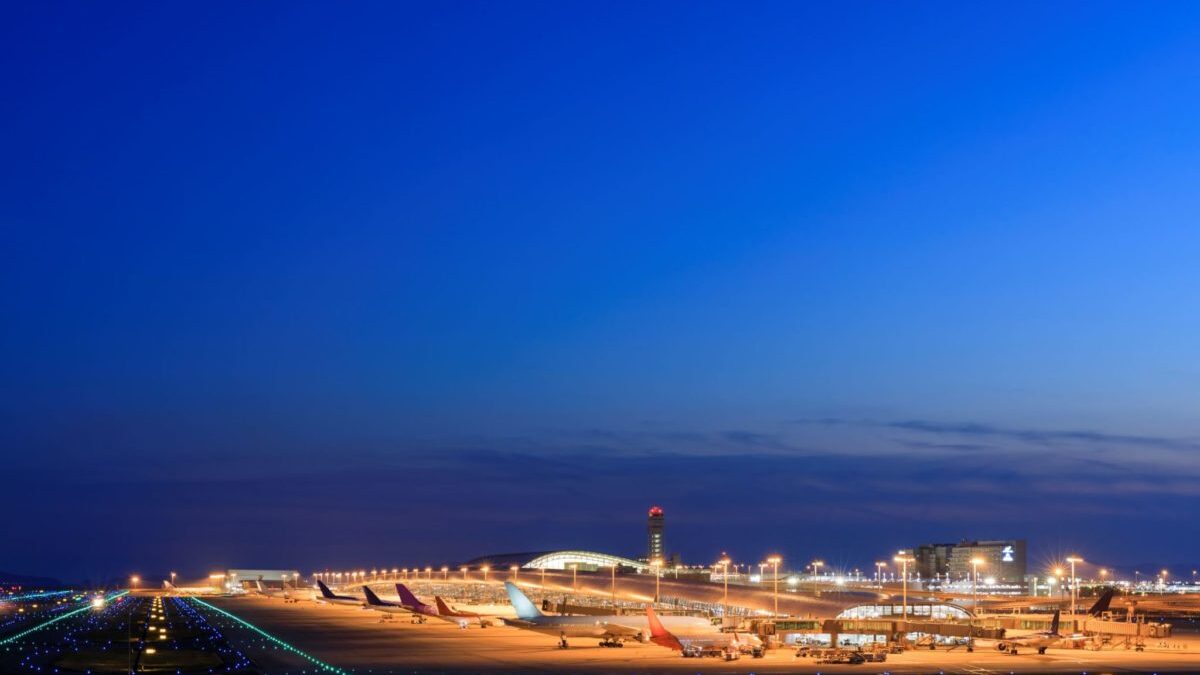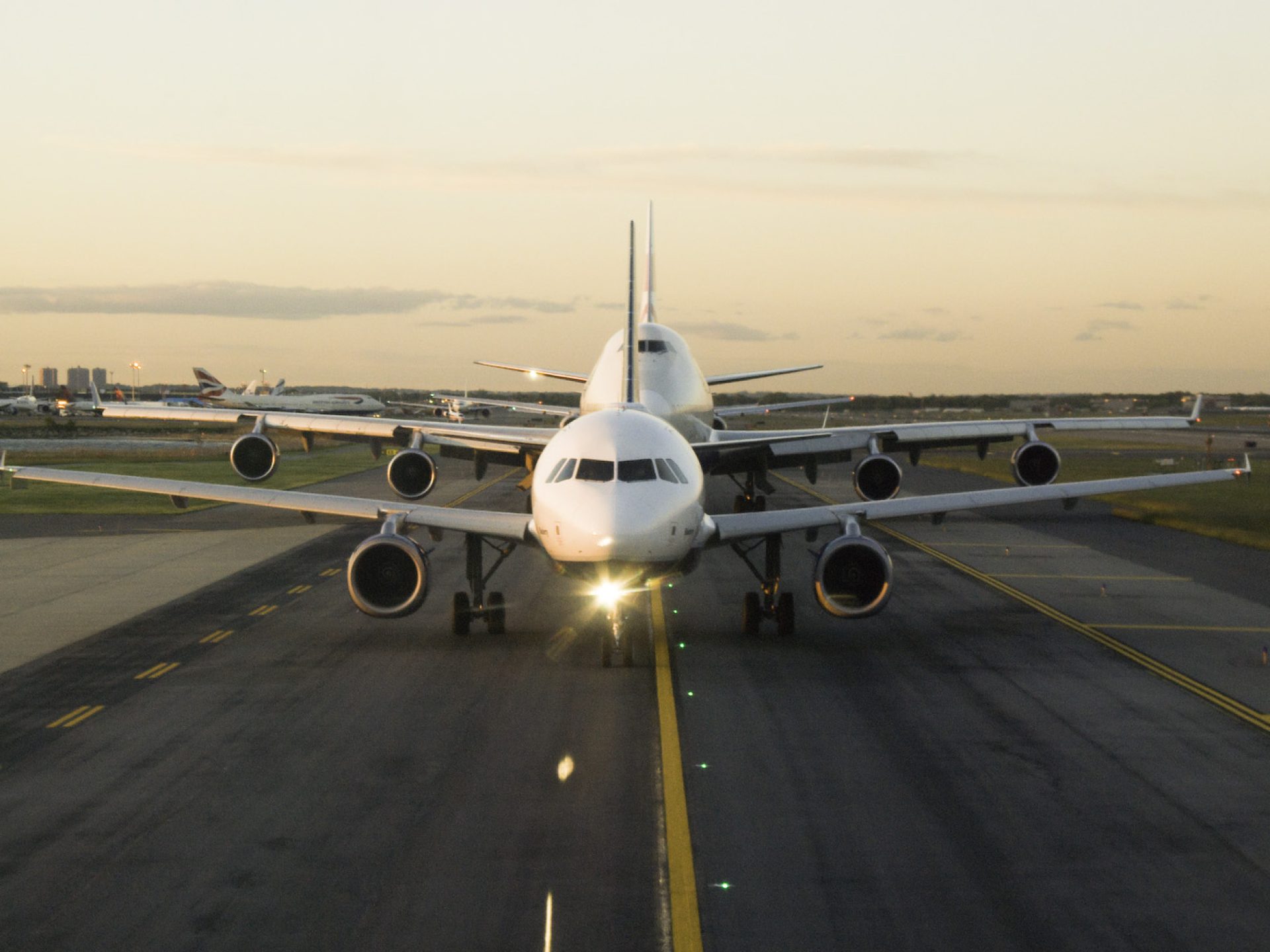News

February 12, 2018

More than half a million people are expected to fly in and out of Rio for the 2016 Summer Olympic Games. Whether it be an Olympic Games or another large global event such as a World Cup, the host city needs to not only cater for the influx of visitors and athletes, but also needs to offer the same design language for the event throughout the city.
Airports are the gateways to both our cities and the events they hold. As experiential designers it is important to understand the full passenger & fan journey to and from major events. Airports have now become important components of any major events success. Due to the globalisation of major events, airport operators are playing an ever increasing role in the event overlay of a city.
For the London 2012 Olympics, for example, the City of London activated not only the permanent and temporary venues that would be used during the Games, but also activated other areas throughout the city including a major activation at the Airport. Visitors to the city were immediately immersed in the Olympic spirit and could feel this permeate throughout the entire city. In addition to this, a temporary departure terminal was built to accommodate athletes.
The NFL Super Bowl which was this year held in San Francisco saw enormous pressure on the city’s three airports in the lead up to the event. In 10 days in February, San Jose International Airport received 180 plus private planes – that is twice its usual capacity. San Francisco International Airport dedicated 150 parking spaces for private aircraft and had 1.3 million passengers travel through its Terminals. Oakland International Airport received 500 private jets, compared with the 10 to 20 it gets on a normal day. These plane movements place extreme pressure on already “at capacity” facilities. But they also create great opportunities for operators, sponsors and designers to engage with a captive audience. The NFL and San Francisco took this opportunity to develop a mini hall of fame museum within the terminal whilst offering Super Bowl specific gift shops and NFL branding throughout the terminals.
Events and sponsors of these events are constantly looking to be involved beyond the actual event itself. They want to be involved in the entire traveller experience and fan journey. Utilising disused space in airports provides a great opportunity to create activities, generate alternative revenue and solidify brand partnerships.
During the 2015 Cricket World Cup, Melbourne airport created a dedicated event space to help better connect travellers to the major event unfolding within their city. The space included a replica cricket pitch, which allowed travellers and fans to take pictures of themselves playing for either Australia or England. There was then the opportunity to tag @melbourneairportau to win retail and travel vouchers. This type of mixed media approach gave the airport a unique presence within social media during the event and allowed the traveller the opportunity to capture a unique memory of Melbourne, cricket and the airport.
The role of an airport in major events will continue to grow as more people utilise air travel to attend these occasions. We see significant opportunities for airport operators, sponsors and event managers to greater engage with an already captivated audience, many who have shown their dedication to the event having already flown half way around the world. It is our belief that through good design and a thorough understanding of the travellers’ movements we are able to create a better events for fans, athletes and airports.
Lorem ipsum dolor sit amet consectetur, adipisicing elit. Non facere corporis et expedita sit nam amet aut necessitatibus at dolore enim quis impedit eius libero, harum tempore laboriosam dolor cumque.
Lorem, ipsum dolor sit amet consectetur adipisicing elit. Illo temporibus vero veritatis eveniet, placeat dolorem sunt at provident tenetur omnis, dicta exercitationem. Expedita quod aspernatur molestias eum? Totam, incidunt quos.